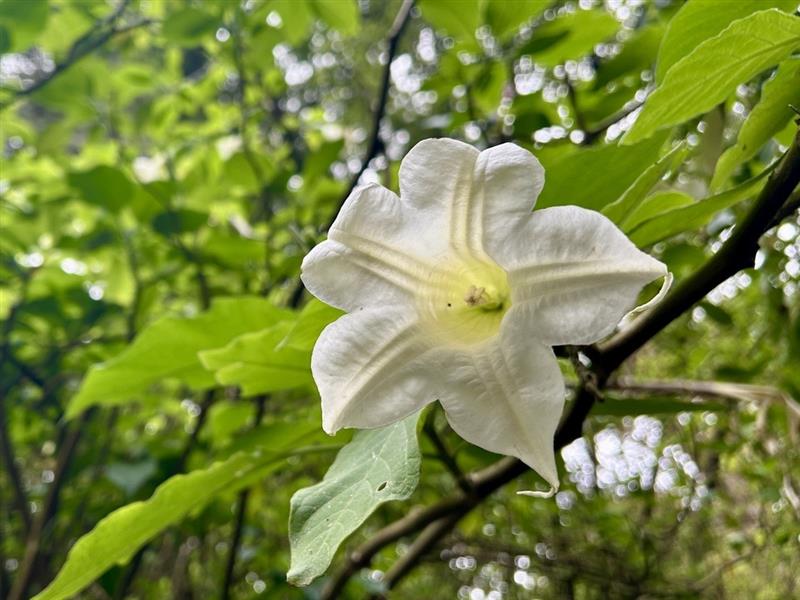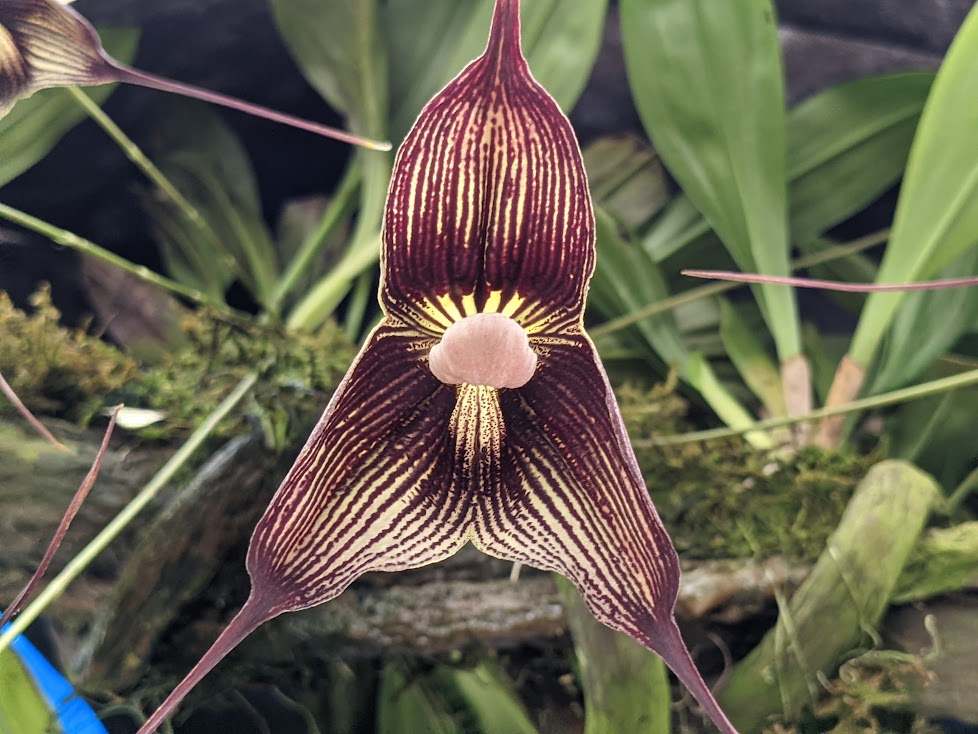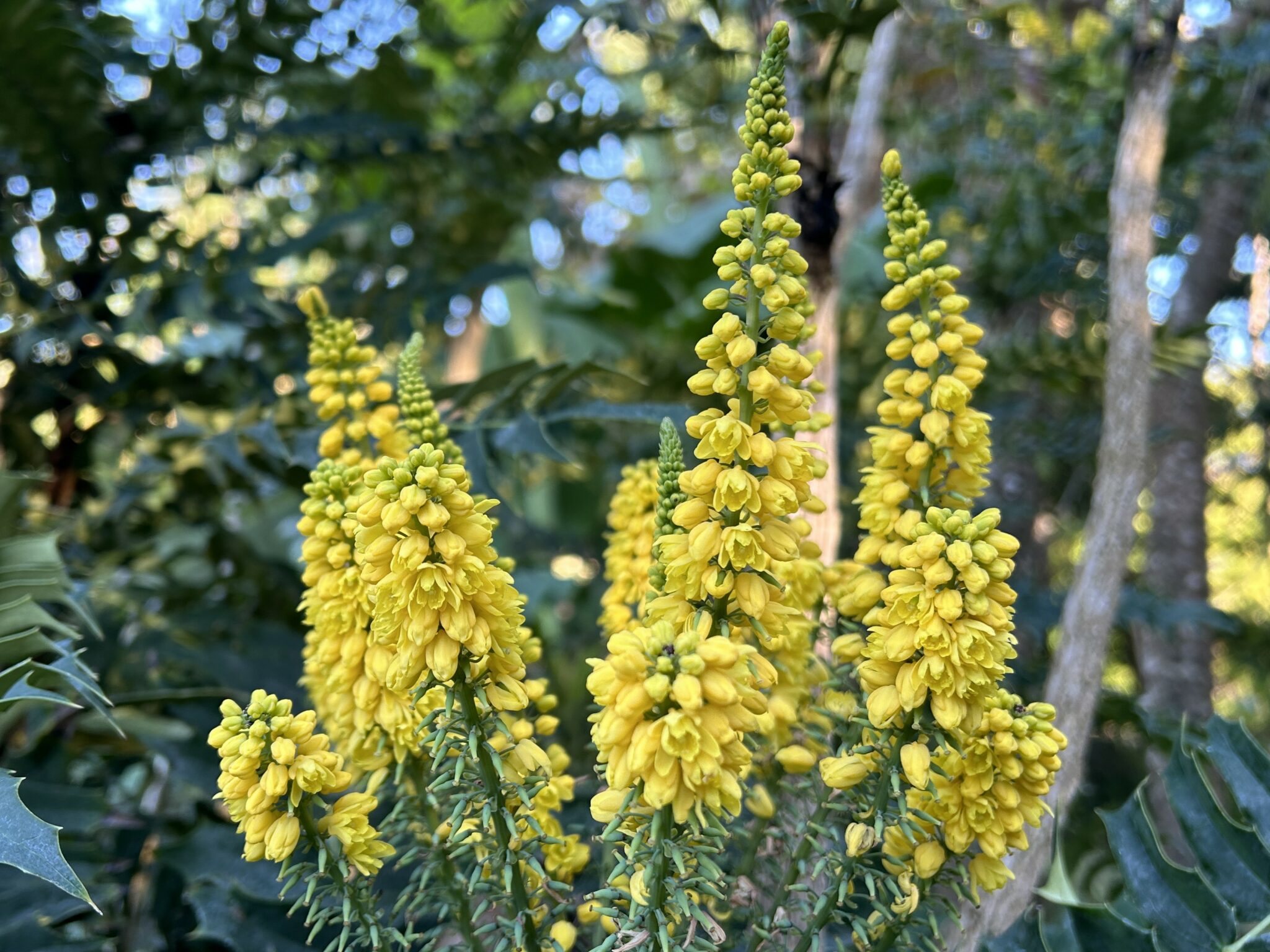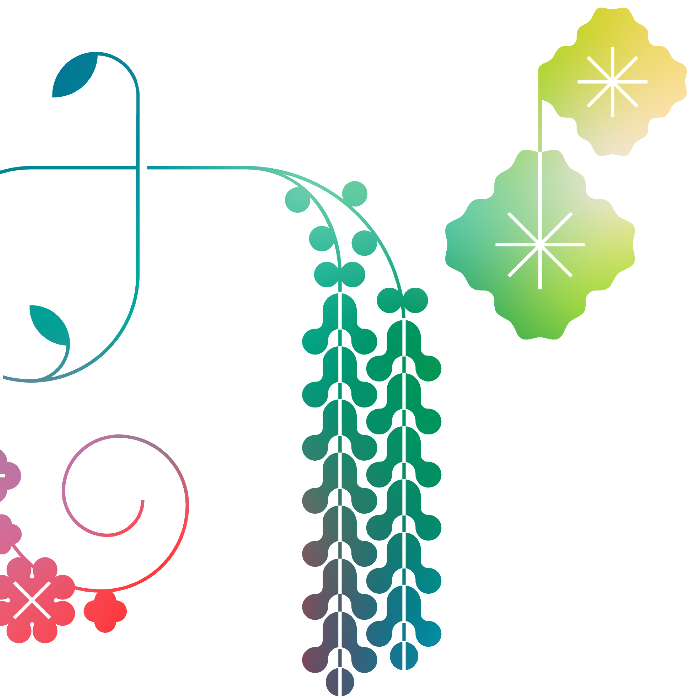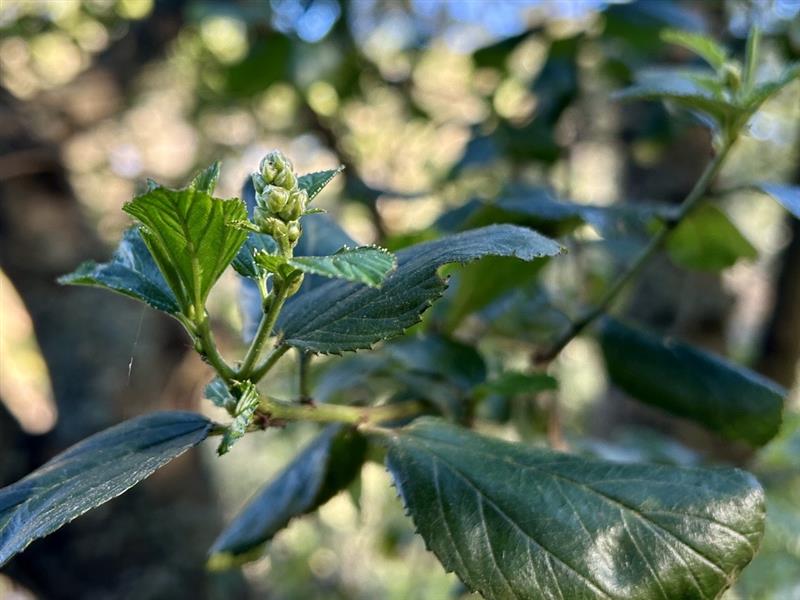
Curator’s Corner – Ceanothus arboreus
Ceanothus arboreus, also known as Island ceanothus, spans the slopes of coastal sage scrub and chaparral in its native range, oscillating between hues of deep green, purple, pale blue, and white throughout the year.
Profile
Scientific name: Ceanothus arboreus
Family: Rhamnaceae
Environment: Chaparral, coastal sage scrub
Bloom: February to May
Plant type: Shrub to small tree
Uses: Ornamental
Location: San Francisco Botanical Garden‘s California Native Plant Garden, 36B
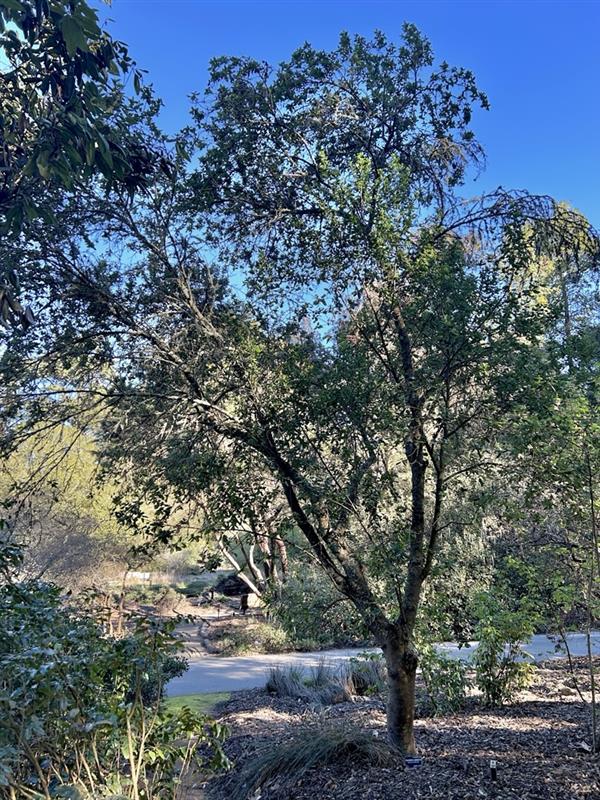
Ceanothus arboreus is cultivated as an ornamental plant for drought-tolerant and native gardens throughout California.
Ceanothus arboreus is a shrub to small tree in the Rhamnaceae family. Known by several common names, including island ceanothus, Catalina ceanothus, and feltleaf ceanothus, these names aptly refer to its endemic habitat, or characteristic leathery, tomentose foliage. Once thought to be confined to just three of California’s Channel Islands (Santa Cruz Island, Santa Rosa Island, and Santa Catalina Island), a recent study on ecological restoration following the eradication of feral goats on Guadalupe Island, Mexico, has shown that the species is not only endemic to Guadalupe Island but also experiencing a steady resurgence in its population.
Although Ceanothus arboreus isn’t included in the California Native Plant Society’s (CNPS’) Inventory of Rare Plants (considered too common within the state to be included), the International Union for Conservation of Nature’s (IUCN) categorizes C. arboreus as “Endangered” on their Red List of Threatened Species. This designation is the result of several factors, for one, the occupancy area is greatly limited as C. arboreus is endemic to only four islands, it’s also threatened by the impacts of climate change, including extreme storms, flooding, and the long-term habitat alteration of these islands through erosion. Mule deer are specified as a threat to C. arboreus as well, as they frequently graze through its habitat, similar to the feral goats of Guadalupe Island.
Island ceanothus (Ceanothus arboreus)

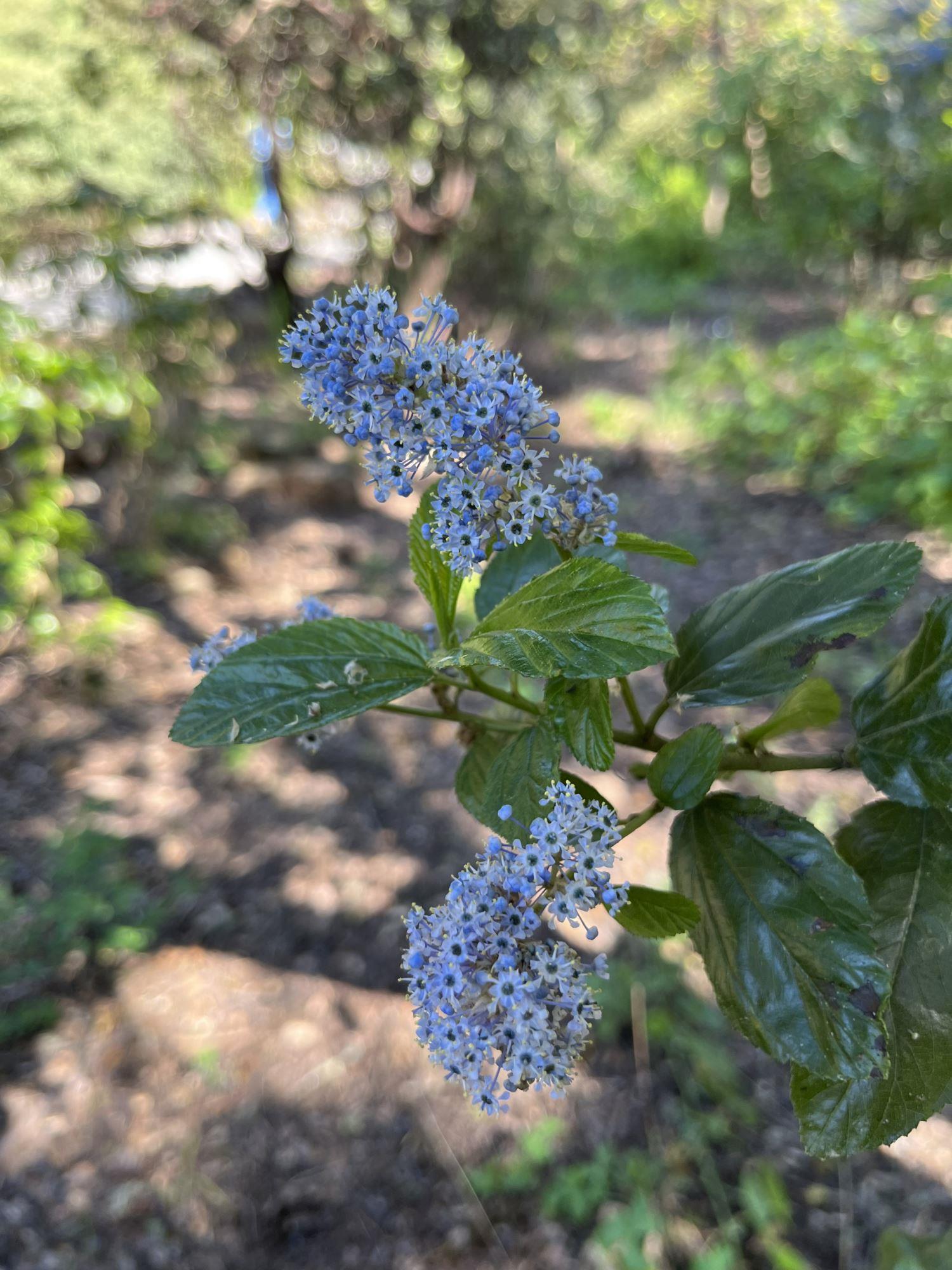
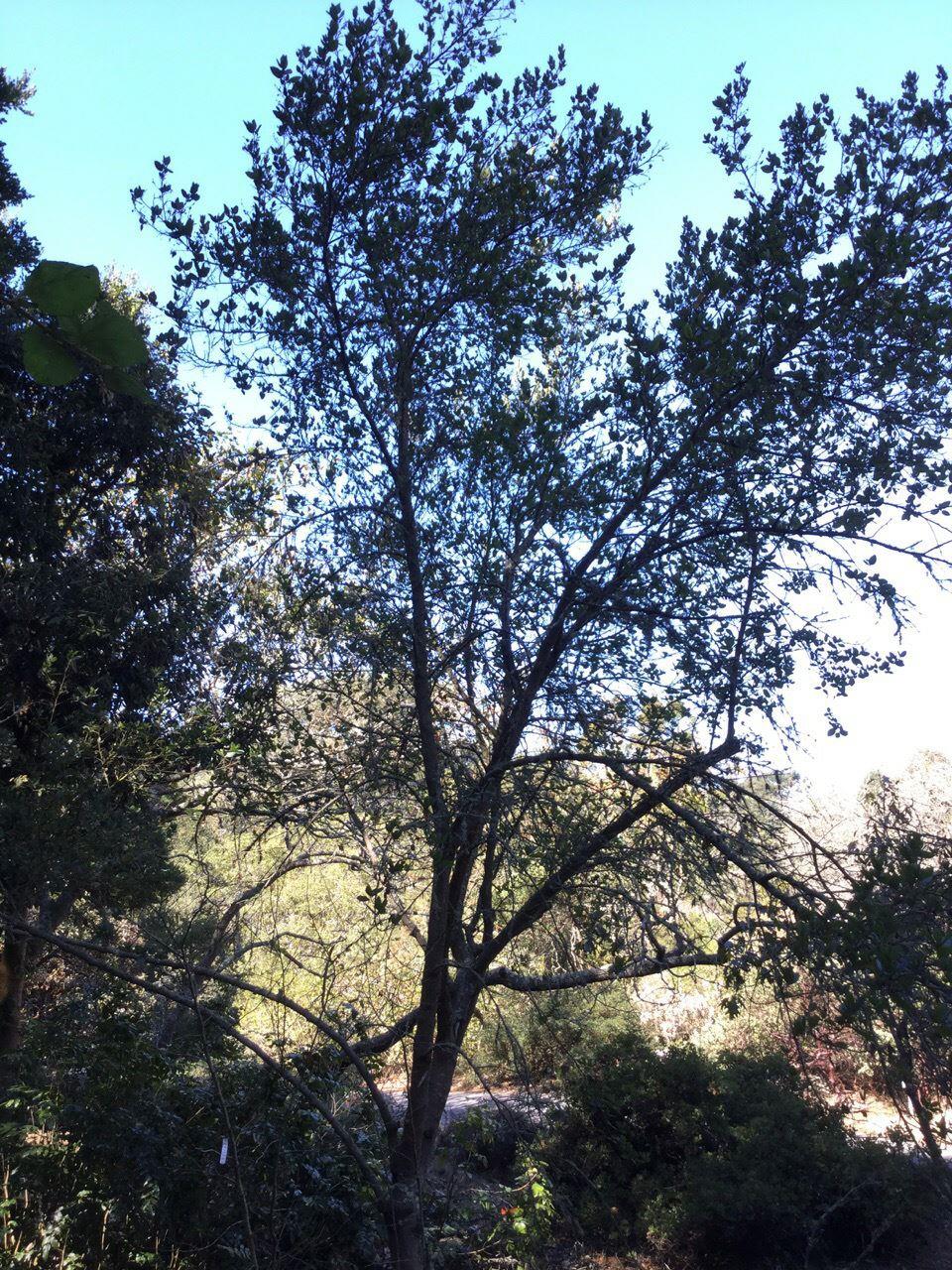
Ceanothus arboreus is cultivated as an ornamental plant for drought-tolerant and native gardens throughout California. In its native range, C. arboreus spans the slopes of coastal sage scrub and chaparral, oscillating between hues of deep green, purple, pale blue, and white throughout the year. As an ornamental, it’s prized for its vigorous growth and showy winter-to-spring blooms. It’s pale blue to purple blossoms are seen throughout February and May, and not only offer a pop of fragrant color in cooler months but also serve as a source of food for birds, butterflies, and moths. As the largest member of its genus, C. arboreus can grow up to 12-36 ft in height, forming a dense canopy of glossy, dark green foliage, providing ample summertime shade.
Gardens of Golden Gate Park currently hosts six Ceanothus arboreus within its collection at SFBG, including several grown from seed collected from Santa Cruz Island. Stop by the California garden, bed 36B to see C. arboreus accession 1997-0730*A, which is just about to bloom!
Credit for photos: Tory Stewart and Royal Jenkins
